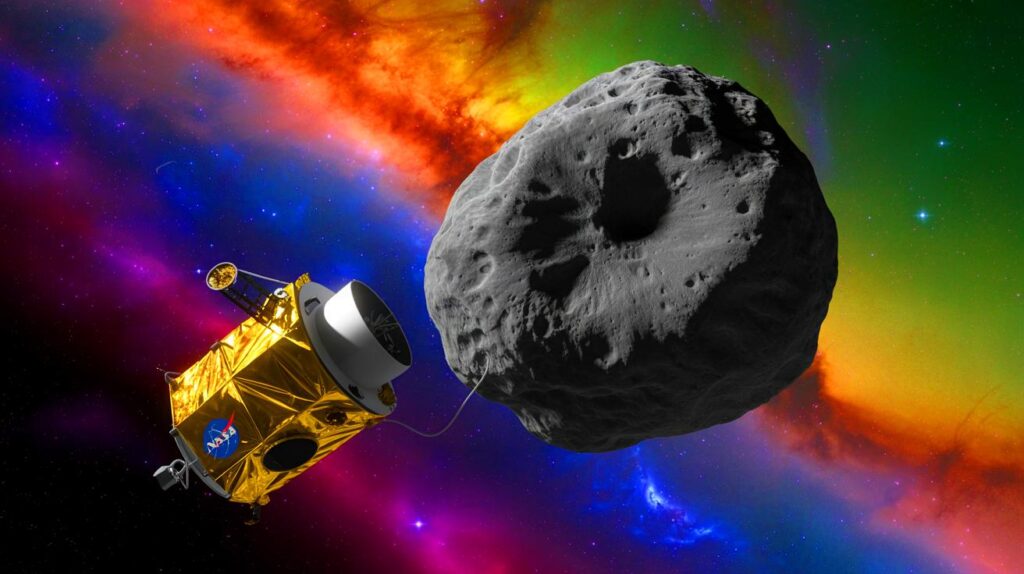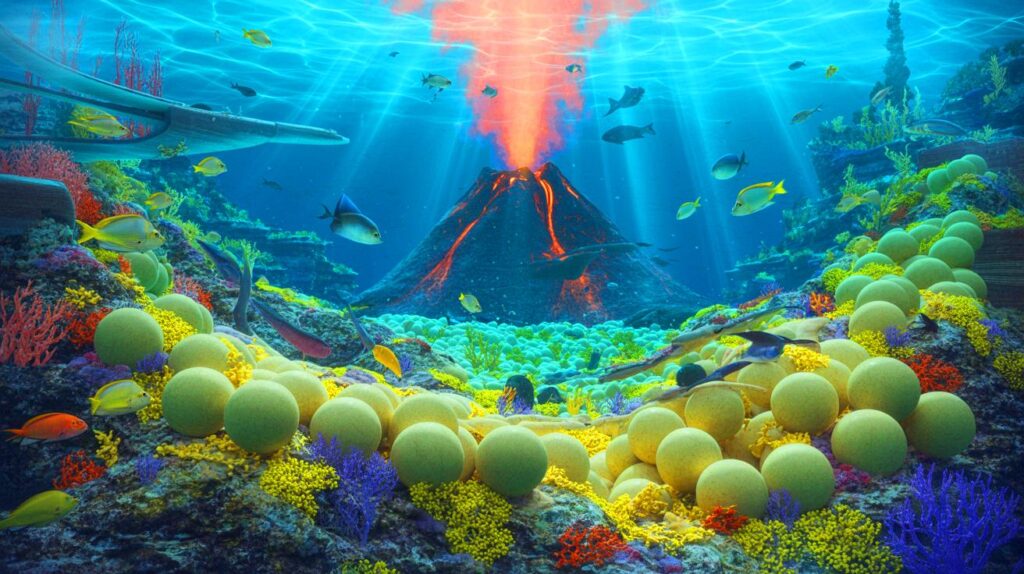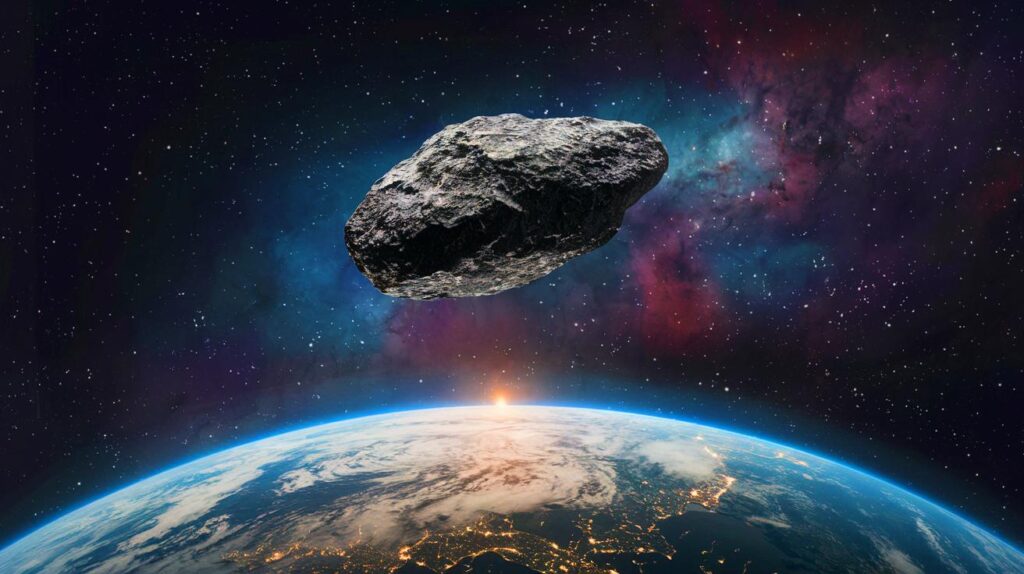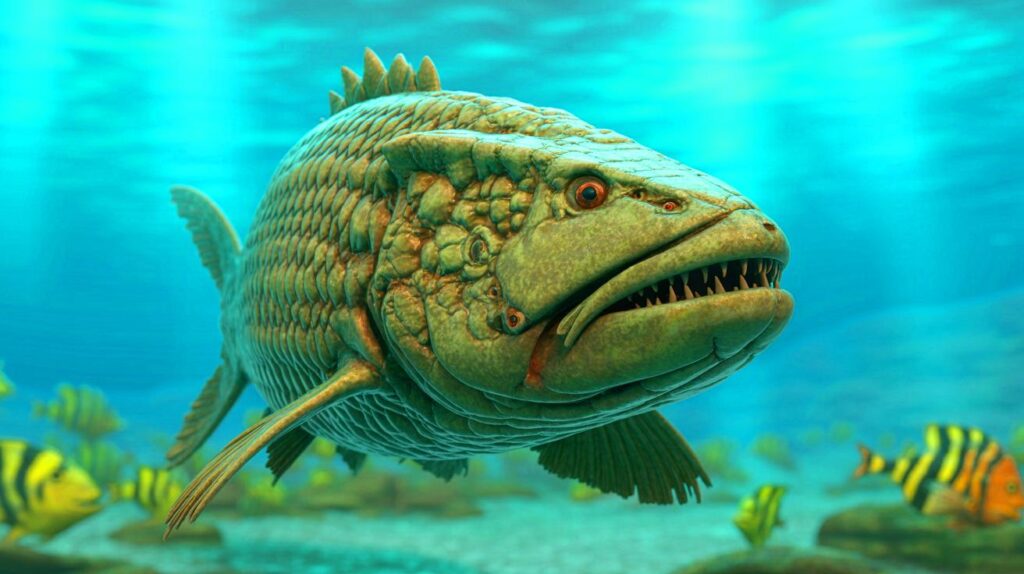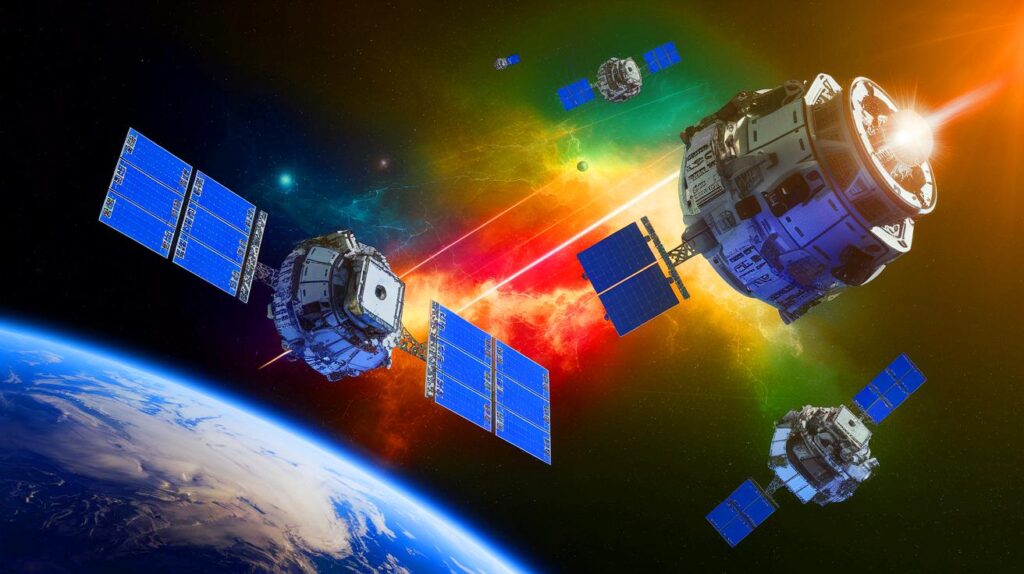Certainly! Here’s the revised text, complete with capitalized titles only on the first word:
| In Brief |
|
Vesta, one of the largest objects in the main asteroid belt, has long captured the interest of scientists. Considered a protoplanet, Vesta was closely studied by NASA’s Dawn mission. The results of this mission supported the idea that Vesta had an internal structure similar to rocky planets. However, new research questions this hypothesis, revealing a more complex history and unique processes that have shaped this celestial object.
The Early Ideas on Vesta’s Differentiation
Planetary differentiation is a critical process in the formation of rocky planets. It involves the separation of materials by density, forming a core, mantle, and crust. Vesta was seen as a perfect example of this process, possessing an iron-rich core, a mantle, and a crust. Initial data from the Dawn mission seemed to confirm this structure, describing Vesta as a protoplanet that began to differentiate similarly to Earth.
Scientists believed Vesta had a core of iron supporting a magnetic dynamo, a typical feature of fully differentiated planets. This idea was widely accepted in the scientific community, reinforcing the view of Vesta as an intact remnant of the early stages of solar system formation.
The Challenge to These Hypotheses
New analyses of Dawn mission data challenge these certainties. Recent research led by Ryan Park and his team suggests that Vesta’s internal structure is more uniform than previously thought. By analyzing Vesta’s moment of inertia, which measures the mass distribution of the object, researchers found that Vesta may not have a well-defined core.
Results indicate that Vesta’s mantle density is higher than expected, with a small difference in density between the mantle and core. This suggests that Vesta may not have a core at all, or only a very small one. This discovery calls into question Vesta’s classification as a differentiated protoplanet and opens the door to new hypotheses regarding its origin and evolution.
The New Hypotheses on the Nature of Vesta
Two main hypotheses emerge to explain Vesta’s true nature. The first suggests that Vesta was in the process of differentiation, but this process was interrupted. It may have begun to melt and differentiate but cooled before completion. This hypothesis is supported by the presence of basaltic lava rocks on Vesta’s surface, indicating a phase of melting.
The second hypothesis proposes that Vesta could be a fragment of a growing planet that was shattered during a collision. This idea, once considered speculative, is increasingly plausible in light of new data. Researchers suggest Vesta may be a piece ejected from a catastrophic impact event on a differentiated precursor body.
The Implications for Studying the Solar System
These new discoveries about Vesta hold significant implications for our understanding of solar system formation and evolution. If Vesta is indeed a fragment of a forming planet, it could mean that many asteroids are in fact debris from collisions between growing planets. This challenges our understanding of the processes that led to the formation of rocky planets.
Uncertainties remain regarding Vesta’s exact origin and its place in the history of the solar system. Researchers continue their analyses and hope that future space missions will provide further answers. The complexity of Vesta, as revealed by the Dawn mission, illustrates the richness and diversity of celestial objects that populate our solar system.
The new discoveries regarding Vesta raise fascinating questions about the history of the solar system and the nature of asteroids. Is Vesta merely a protoplanet that never completed its differentiation, or is it a fragment of a forming planet? These questions remain open and stimulate scientific inquiry. How might future space missions shed light on these unresolved mysteries?

